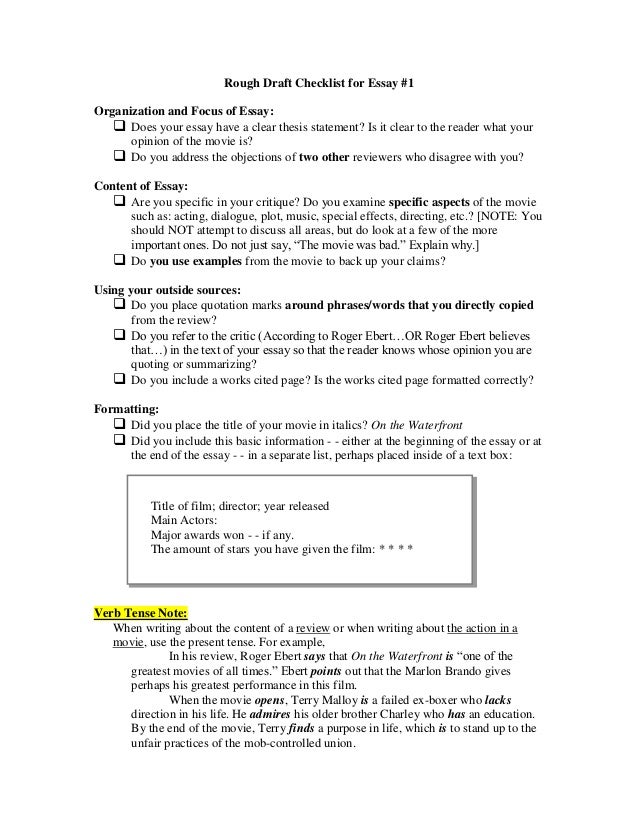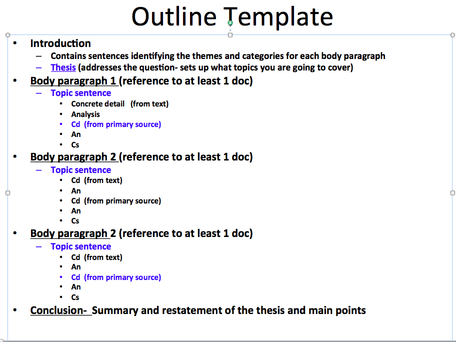

- #Template for rough draft format how to#
- #Template for rough draft format download#
Depending on who is reading the content, you may want to use different wording or ask additional questions.
Think about your audience and the goal of sending this email. Find the template that fits your needs, or create one. Gather the information you need to provide to the reader, such as any data, updates from the team, reports from software, or other hard facts that showcase your progress. To write your status report in email, follow these basic steps: So, take the time to ponder over each of the sections to give yourself the chance to create truly compelling characters that readers will resonate with.How to write project status report in email The template may start with superficial traits such as appearances, but then it urges you to also look beneath the skin. 
It will guide you step-by-step in detailing your character’s features, such as: So, how do you replicate that same process not just for one, but multiple protagonists 一 so that they feel like someone you could bump into in real life? Well, you can start by creating a detailed profile.įor each major character in your novel, you can print and fill out our character profile template.

After all, think about yourself: how long did it take you to become the person you are today? As many years as you’re old. Similarly to building a world from scratch, developing an identity is not an easy task. To help you create remarkable characters, we made two separate templates: one to thoroughly define who they are, and one to test their boundaries in hypothetical scenarios. Since characters are the heart of any story, it’s important to sculpt them to the smallest detail.
To download this specific template, insert your email below - or sign up above to receive all templates. These timeless elements have been used in countless stories, from Biblical tales to Star Wars, and will give you creative freedom while ensuring your narrative stays on track.
The moments of greatest fear and reward. Mentors, enemies, and allies on the hero’s journey. The call to adventure and refusal of it.  The ordinary world where it all starts. Our template will help you write down a short synopsis about important story elements, such as: Divided in twelve distinct phases, it helps you deconstruct your protagonist's journey, from the initial call to adventure to the return home as a changed person. Hero’s Journey TemplateĪnother, more hands-on take on the Three-Act structure is the Hero’s Journey, which focuses on the transformation of a single protagonist. You can print out the template or edit it online 一 for each section you’ll be asked to write a synopsis of what happens in the story, and a specific example of it. To download this specific template, insert your email below - or sign up above to receive all templates.īy dissecting the story in three parts of equal importance, you’ll be able to create a strong narrative that keeps readers hooked from start to finish. This method is one of the most commonly used when plotting novels, as it provides a basic skeleton for your story that ensures all your plot points are in place, building tension and stakes until the climax and resolution. Originally defined by Aristotle two thousands years ago, the Three-Act structure divides a story in a beginning, middle, and end. Luckily, in literature there are a few common story structures every author can refer to when plotting, starting with the most popular of them all 一 the Three-Act structure.
The ordinary world where it all starts. Our template will help you write down a short synopsis about important story elements, such as: Divided in twelve distinct phases, it helps you deconstruct your protagonist's journey, from the initial call to adventure to the return home as a changed person. Hero’s Journey TemplateĪnother, more hands-on take on the Three-Act structure is the Hero’s Journey, which focuses on the transformation of a single protagonist. You can print out the template or edit it online 一 for each section you’ll be asked to write a synopsis of what happens in the story, and a specific example of it. To download this specific template, insert your email below - or sign up above to receive all templates.īy dissecting the story in three parts of equal importance, you’ll be able to create a strong narrative that keeps readers hooked from start to finish. This method is one of the most commonly used when plotting novels, as it provides a basic skeleton for your story that ensures all your plot points are in place, building tension and stakes until the climax and resolution. Originally defined by Aristotle two thousands years ago, the Three-Act structure divides a story in a beginning, middle, and end. Luckily, in literature there are a few common story structures every author can refer to when plotting, starting with the most popular of them all 一 the Three-Act structure. While this approach might be powerful to get things going, it can be useful to think about how to structure your novel early on in the writing process to avoid running into plot holes and writing yourself into a corner. Many authors write when inspiration strikes, following their intuition for chapters on end without a plan. Once you have a great story idea, you need to actually put it down on paper (or in a book editor, but paper sounds better, doesn’t it?).








 0 kommentar(er)
0 kommentar(er)
